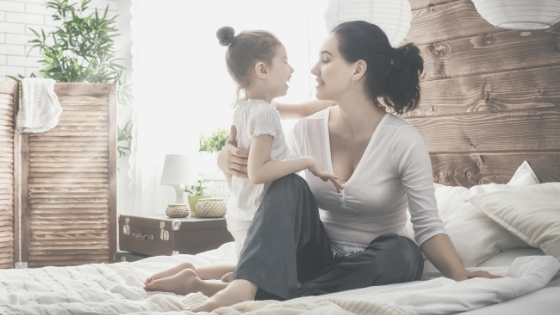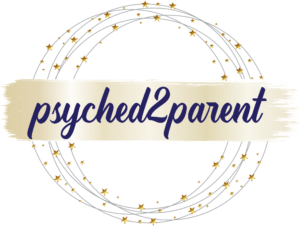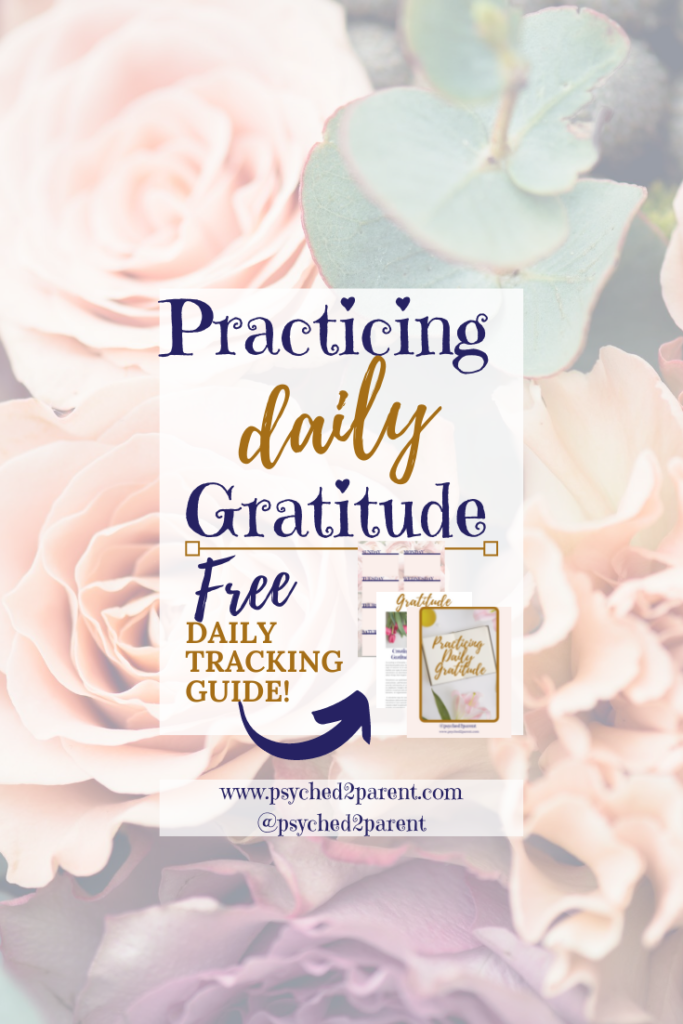
Positive Discipline
I’m not new to working with children and their families. Professionally, I have worked with children and their families for almost 13 years now. This has been in the capacity as a special education teacher, kindergarten teacher, parent coach, and school psychologist. As I’ve grown my skill set and worked with more and more families, I have spent a lot of time looking for tools, tips, and tricks that I can share with others to make their parenting journey a little easier. Recently, I came across this quote from Jane Nelson,
“Where did we ever get the crazy idea that in order to make children do better, first we had to make them feel worse.”
Putting on my school psychology hat, I read this and thought, “Yes, absolutely! We should be doing this all of the time. We should be encouraging our children and using mistakes as teachable moments.” However, when I read this as a parent of two young children that like to push boundaries, this is easier said than done.
This summer, I researched and developed my skills as a school psychologist and as a parent. I completed a self-paced course on positive discipline facilitated by Jane Nelson and Lynn Lott. By using the Positive Discipline framework, parents stop using punishment and rewards to change their child’s behavior. Instead, the focus shifts towards providing the child with encouragement that makes the child feel like he/she is significant and belongs. As a parent, it can be hard to think about not using punishments and rewards with our children. However, there is a lot of research that shows using these methods do not result in long-term behavior change. I wrote an article earlier this year on the harmful impact of spanking and harsh discipline practices are for children (you can read it here). After researching what doesn’t work when it comes to teaching children, I started researching what works and came across Positive Discipline.
The Five Criteria of Positive Discipline
By using Positive Discipline, parents are using an encouragement model. There are five criteria that need to be met when it comes to using Positive Discipline.
Help children feel a sense of connection, belonging, and significance
By using positive discipline in your personal relationships with your children, you can help them feel a sense of belonging and significance. This helps them do better. Plus, this construct is the cornerstone for future success in life. Who doesn’t want to feel purposeful, right?
Is kind and firm at the same time
When we use kindness, we are showing our children that we respect them. When we are firm in our decisions, we are able to demonstrate to our children that we respect ourselves and how we are handling a situation. When I am upset with my child, sometimes, it can be really hard to manage my own emotions and how I want to respond to my child. By taking a step back and taking a moment to remove myself from a stressful/annoying/(fill-in the blank) scenario and I am able to collect myself, I am better able to respond to my child and demonstrate both kindness and firmness at the same time.
Is effective in the long term
As I’ve implemented Positive Discipline with my children and helped the families that I work with, I’ve learned that punishment (spanking, time out, yelling, berating a child, etc.) works great in the short-term because it stops the misbehavior. However, the larger issue is that we are not teaching our children HOW we want them to behave. Instead, we are teaching and reinforcing what we want them not to do. With Positive Discipline, we are teaching our children how we want them to behave by encouraging them, asking questions, and teaching them the behaviors that we want to see, and encouraging them in their interactions with us and others.
Teaches valuable social and life skills for good character, fostering respect, concern for others, problem-solving, and cooperation
We are laying a foundation with our children when it comes to teaching them how we want them to behave and respond to different scenarios that they come into contact within their lives.
Invites children to discover how capable they are, and how to use their power constructively
Think about it, what do you want for your children? Personally, I know that my ultimate goal is for both of my children to be capable, contributing members of society. As young children, I do not expect them to act like adults right now. However, by taking small steps now, they are on the path towards becoming capable adults in the future. They are able to do this now by having a good relationship with their parents, being kind to friends, learning in school, and developing problem-solving skills. As parents, we can work with our children to help them celebrate their successes as well as how to respond to their failures.
The Bottom Line
These principles are super helpful when it comes to our own relationships with our children. However, they are not a set script that must be followed in a specific way. To be effective, you need to add your own love for your child and knowledge of your child’s particular strengths and weakness to help navigate your relationship. When I started using positive discipline with my children, I started looking at my children’s behavior as a message that they were sending to me and NOT something they were doing to me.
This makes a huge difference.
Y’all, I am so excited with what I learned about positive discipline and CAN’T wait to share some tools and resources with you that I am developing over the next couple of weeks!



